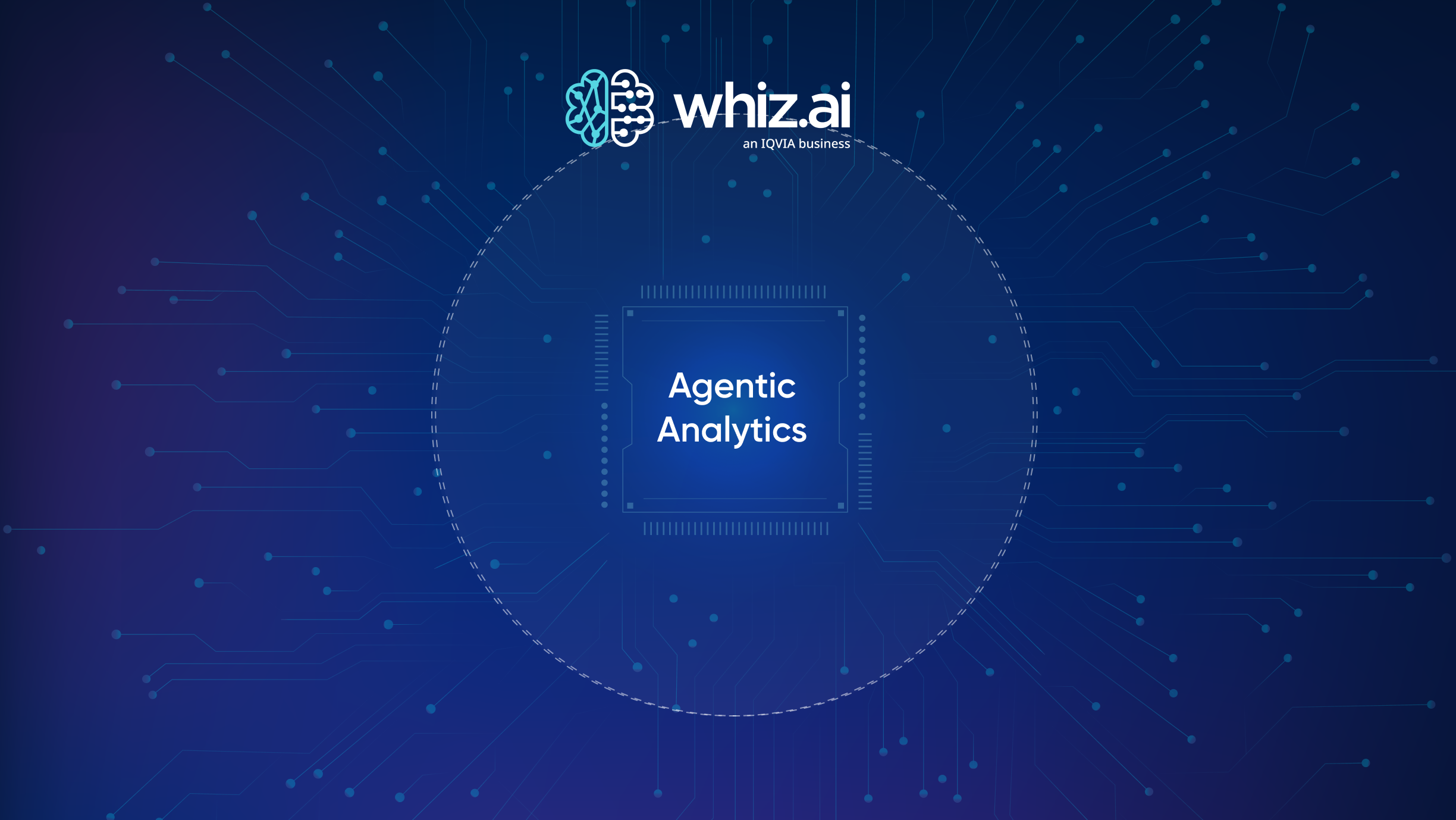How Generative AI-Powered Analytics Lowers Total Cost of Ownership (TCO)


Navigating the Life Sciences Cost Maze
Life sciences companies face a delicate balancing act: meeting regulatory demands, driving innovation, and managing economic pressures. Traditional analytics platforms, though essential, often come with high Total Cost of Ownership (TCO) due to inefficiencies in people, processes, and infrastructure. Enter GenAI-powered analytics—a game-changer offering scalable, self-serve solutions that trim costs while boosting operational efficiency.
Traditional Analytics: The High Cost of Ownership
Traditional data analytics platforms have been the backbone of many life sciences organizations. However, their limitations often inflate operational costs. Let’s examine the key contributors to the high TCO of traditional analytics:
Time from Data to Insights
The process of deriving actionable insights is often slow with traditional analytics platforms. Business users must depend on IT and data teams to build and update dashboards. The delay between data requests and actionable insights can span weeks or months, making the data irrelevant by the time it is delivered.
People
The specialized skill sets required to manage and interpret traditional analytics platforms result in high staffing costs. Life sciences companies need data teams with both technical expertise and domain-specific knowledge, which are challenging to find and retain.
Processes
Traditional analytics processes are inefficient and cumbersome. Teams must navigate multiple layers of communication to request insights, clarify requirements, and track project statuses. These manual processes waste time and reduce operational productivity.
Infrastructure
The exponential growth of healthcare and life sciences data has put a strain on legacy analytics systems. Companies often invest heavily in infrastructure to handle large datasets, and traditional BI platforms frequently require additional dashboards to meet evolving needs, further increasing costs.
How GenAI-Powered Self-Serve Analytics Reduces TCO
GenAI-powered analytics introduces a transformative approach to reducing TCO by eliminating inefficiencies, simplifying processes, and empowering users with advanced self-service capabilities.
Streamlined Access and Reduced Dependency on Experts
GenAI analytics tools leverage large language models (LLMs) to provide conversational interfaces. Users can simply ask questions in natural language and receive accurate, contextual insights in seconds. This eliminates the need for constant reliance on IT and data teams, reducing operational bottlenecks.
Enhanced Speed and Efficiency
GenAI platforms analyze billions of data points in real time, drastically reducing the time it takes to generate insights. Self-serve features empower users to configure dashboards and monitor key metrics independently, improving decision-making speed.
Simplified Data Integration and Infrastructure Optimization
Modern AI-powered analytics platforms integrate seamlessly with legacy systems and external data sources, reducing the need for additional infrastructure investments. Advanced algorithms handle data integration and cleansing, ensuring a single source of truth for the organization.
Improved Decision-Making Speed and Operational Efficiency
Real-time insights enable commercial teams to make data-driven decisions faster. Sales reps and marketers can access relevant information on demand, enhancing agility and productivity. Dependence on traditional BI dashboards is minimized, simplifying workflows and improving outcomes.
Long-Term Financial Savings and Scalability
GenAI platforms are designed to scale as data volumes grow, eliminating the need for recurring infrastructure upgrades. The reduction in manual processes and reliance on external support significantly lowers operational costs over time.
The Long-Term Financial Wins with GenAI in Analytics
GenAI analytics delivers both immediate and sustained financial benefits:
Lower Staffing Costs
AI-powered self-serve analytics reduce the need for large data teams. With tools that understand domain-specific language and generate insights automatically, companies can optimize staffing levels and focus resources on strategic initiatives.
Increased ROI from Existing Infrastructure
By integrating with legacy systems, GenAI analytics maximizes the value of previous investments. Organizations can enhance capabilities without overhauling their existing infrastructure.
Minimal Operational Waste
GenAI platforms streamline processes and reduce redundancies. Teams spend less time waiting for insights and more time acting on them, minimizing wasted effort and maximizing productivity.
Why Self-Service Analytics is the Future for Life Sciences?
The life sciences industry is at a tipping point where traditional analytics platforms no longer meet the needs of fast-paced, data-driven environments. GenAI-powered self-service analytics tools are the future, providing:
- Domain-Specific Insights: Purpose-built tools deliver contextual, accurate insights tailored to life sciences.
- Cost Optimization: Lower TCO by automating processes, reducing infrastructure investments, and minimizing manual intervention.
- Scalability: Advanced architectures ensure seamless growth as data volumes increase.
- Empowered Teams: Intuitive, user-friendly platforms enable teams to access insights independently, driving higher adoption rates.
Conclusion
GenAI-powered analytics tools are redefining the cost dynamics of life sciences data management. By addressing inefficiencies and reducing dependency on traditional processes, these tools significantly lower TCO, enabling organizations to invest more in innovation and growth.
WhizAI is leading this transformation with its cutting-edge GenAI analytics platform, specifically designed for the life sciences industry. To learn more about how WhizAI can help your organization reduce TCO and enhance decision-making, contact WhizAI or explore our self-service analytics tool.
FAQs
1. How is GenAI analytics more cost-efficient than traditional BI tools?
GenAI automates insights generation, reduces manual processes, and integrates seamlessly with existing systems, lowering operational and infrastructure costs.
2. Can GenAI integrate with existing infrastructure without extra costs?
Yes, GenAI platforms are designed to integrate with legacy systems, maximizing the ROI from previous investments without requiring costly upgrades.
3. How does GenAI enhance analytics scalability while reducing costs?
GenAI handles growing data volumes effortlessly, ensuring scalability without additional infrastructure investments.
4. Can GenAI help manage unpredictable data storage and processing costs?
Yes, GenAI platforms optimize data processing and storage, offering predictive modeling and real-time analytics to manage costs efficiently.


Subscribe to our blog








.png)






.avif)



.png)